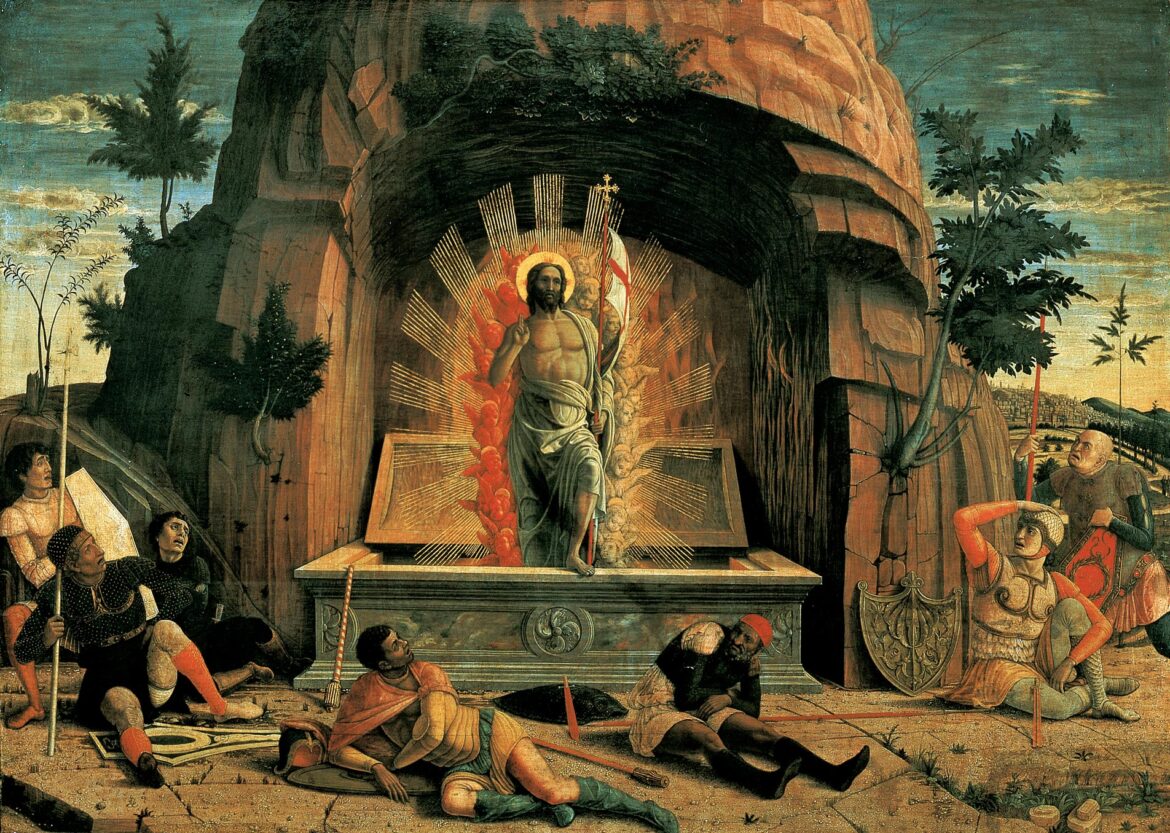The question of who decided the date of Easter has intrigued theologians, historians, and the faithful alike for centuries. The quest to determine the date of this significant Christian celebration is, in many respects, as layered as the theological implications of the Resurrection itself. At its core, the celebration of Easter is rooted in the resurrection of Jesus Christ, a seminal event in Christian theology that signifies victory over sin and death. Yet, the chronological determination of when this celebration occurs is steeped in a complex interplay of early Church decisions, calendars, and cultural contexts.
Initially, the early Christians celebrated the resurrection of Jesus on the Jewish festival of Passover. This timing was essential, as the death and resurrection of Christ occurred shortly after Passover, as narrated in the New Testament. However, as the Christian movement spread and began to distinguish itself from Judaism, the method of dating Easter evolved, capturing the collective yearning for a unique Christian identity while remaining anchored in the spiritual significance of the Resurrection.
The most critical juncture in the determination of Easter’s date was the First Council of Nicaea in 325 AD. Convened by Emperor Constantine, this ecumenical meeting sought to address various theological disputes within early Christianity. A paramount issue was the divergence in the observance of Easter among different Christian communities. Some were still adhering to the Jewish lunar calendar, while others had begun to adopt solar calendars. The Council ultimately decreed that Easter would be celebrated on the first Sunday following the first full moon after the vernal equinox. This formula was intended to ensure that Easter would always fall after the Jewish Passover, thereby preserving the chronological proximity to the resurrection event.
Within this context, the ecclesiastical authorities established an intricate system that intertwined celestial events with the liturgical calendar. According to the new regulation, Easter could thus be celebrated between March 22 and April 25. This decision reflects not only a practical solution to a calendrical conflict but also reveals deeper philosophical implications. The Council’s choice was a striking compromise between the lunar Jewish tradition and the solar Roman calendar, illustrating the Church’s commitment to both inclusivity and theological significance.
The significance of this decision resonates throughout history. From the Middle Ages onward, the Easter observance has been characterized by a myriad of traditions and rituals, reflecting the varying cultural contexts of the Christian faith. In different regions, the date of Easter has inspired local customs that deepen the communal engagement with the resurrection narrative. For example, in Eastern Orthodox Christianity, the calculation for Easter is based on the Julian calendar rather than the Gregorian calendar adopted by Western Christianity. This difference results in many years when the two traditions celebrate Easter on different dates. The rich tapestry of Easter observance is a reminder of Christianity’s profound adaptability, accommodating diverse cultural expressions while maintaining a shared core message about resurrection and renewal.
As one delves deeper into the significance of Easter’s date, a poignant observation emerges: the fluctuation of this holy day underscores the broader dynamism of Christian faith itself. The Resurrection is not merely a historical event to be commemorated on a single day of the year; rather, it is a continuous invitation for believers to engage in renewal, hope, and spiritual rebirth throughout the entirety of their lives. As such, the date of Easter serves as a reminder that the message of the Resurrection transcends strict temporal boundaries.
Easter also interacts with the secular calendar, revealing the tension between sacred and profane time. The anticipation that accompanies Lent, leading to the joyous celebration of Easter Sunday, reflects an inherent human experience of longing and fulfilment. The intertwining rhythms of time, be they liturgical or secular, highlight a profound fascination with the cyclical nature of existence. While the Church has laid down a specific date for Easter, the celebration itself touches upon a universal yearning for resurrection — not just in a spiritual sense but also in the heart of human experience.
Thus, as societies evolve and new cultures embrace Christianity, the date of Easter serves as a lens through which we can explore deeper themes of identity, continuity, and transformation. It invites believers to draw connections between the historical events of the past and their contemporary relevance. The debate surrounding its timing, therefore, is not merely a matter of chronology; it is, instead, an invitation to reflect on the ever-present significance of the Resurrection within the life of the Church and its myriad followers.
The history of Easter’s date encapsulates more than a mere ecclesiastical decision; it represents the continuous journey of the Christian faith through time. It invites reflection on the nature of truth, tradition, and transformation. As participants in this liturgical journey are reminded year after year, Easter is not merely a moment of commemoration but a profound encounter with the living Christ, whose resurrection signifies the promise of renewal against the backdrop of a world that often oscillates between despair and hope.
In conclusion, the determination of the date of Easter stands as a testament to the creative and adaptive spirit of Christianity throughout its history. It reflects an ongoing narrative, one that engages individuals across diverse cultures in a shared recognition of renewal, hope, and the transcendent power of faith. Just as the date itself is fluid, the message of the Resurrection remains resolutely fixed: love, life, and hope triumph, not only on Easter Sunday but each day that follows.



